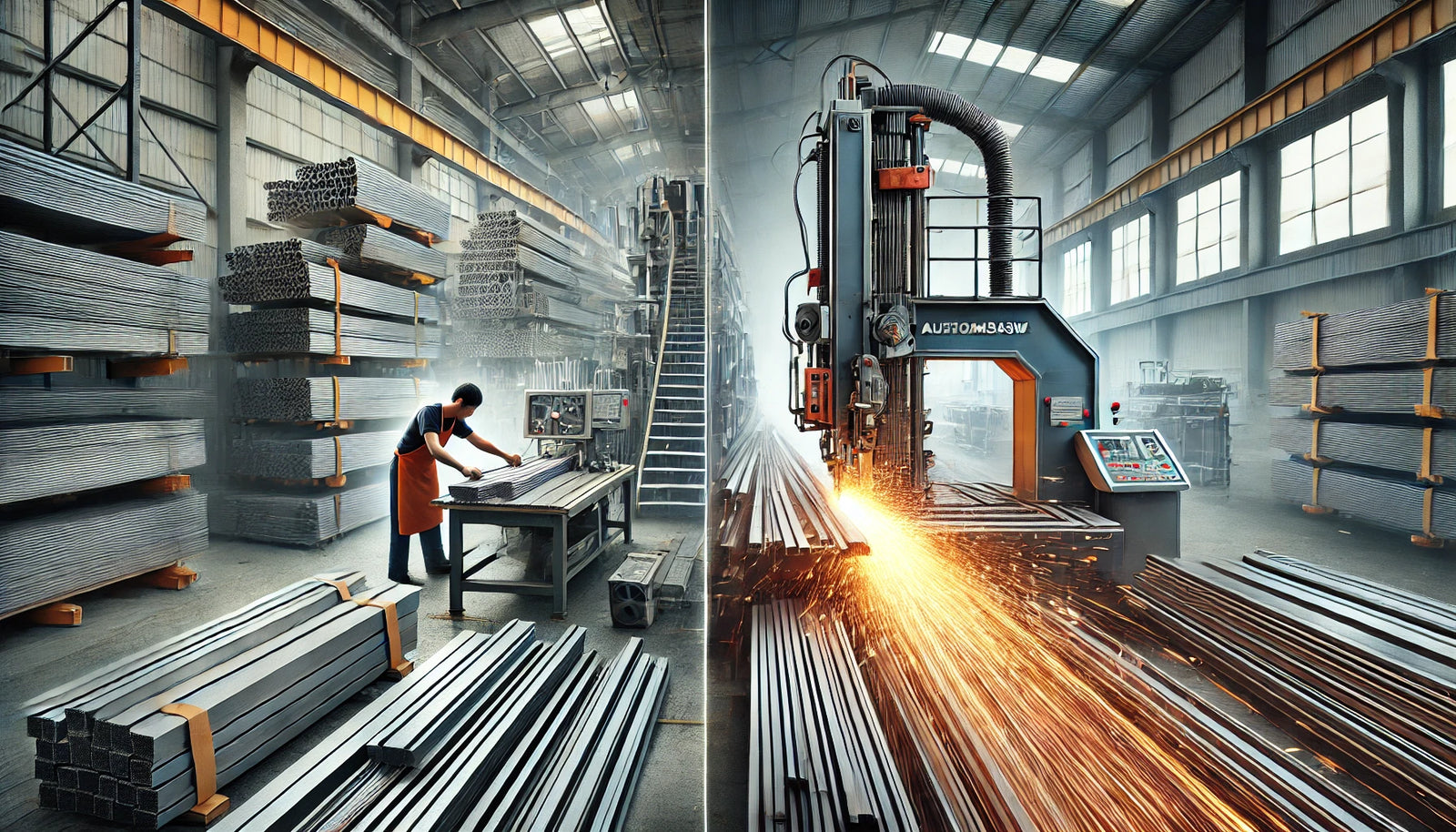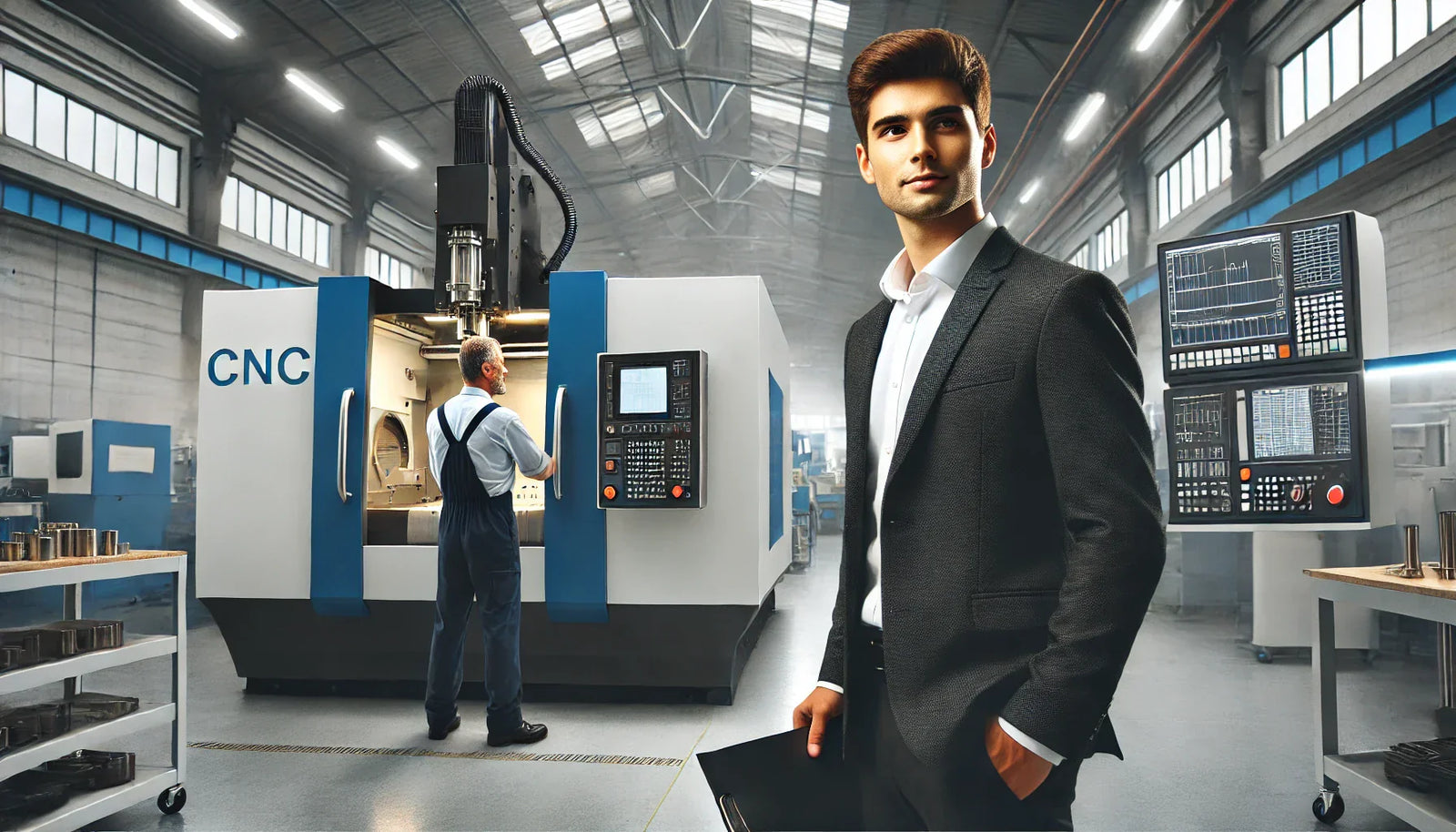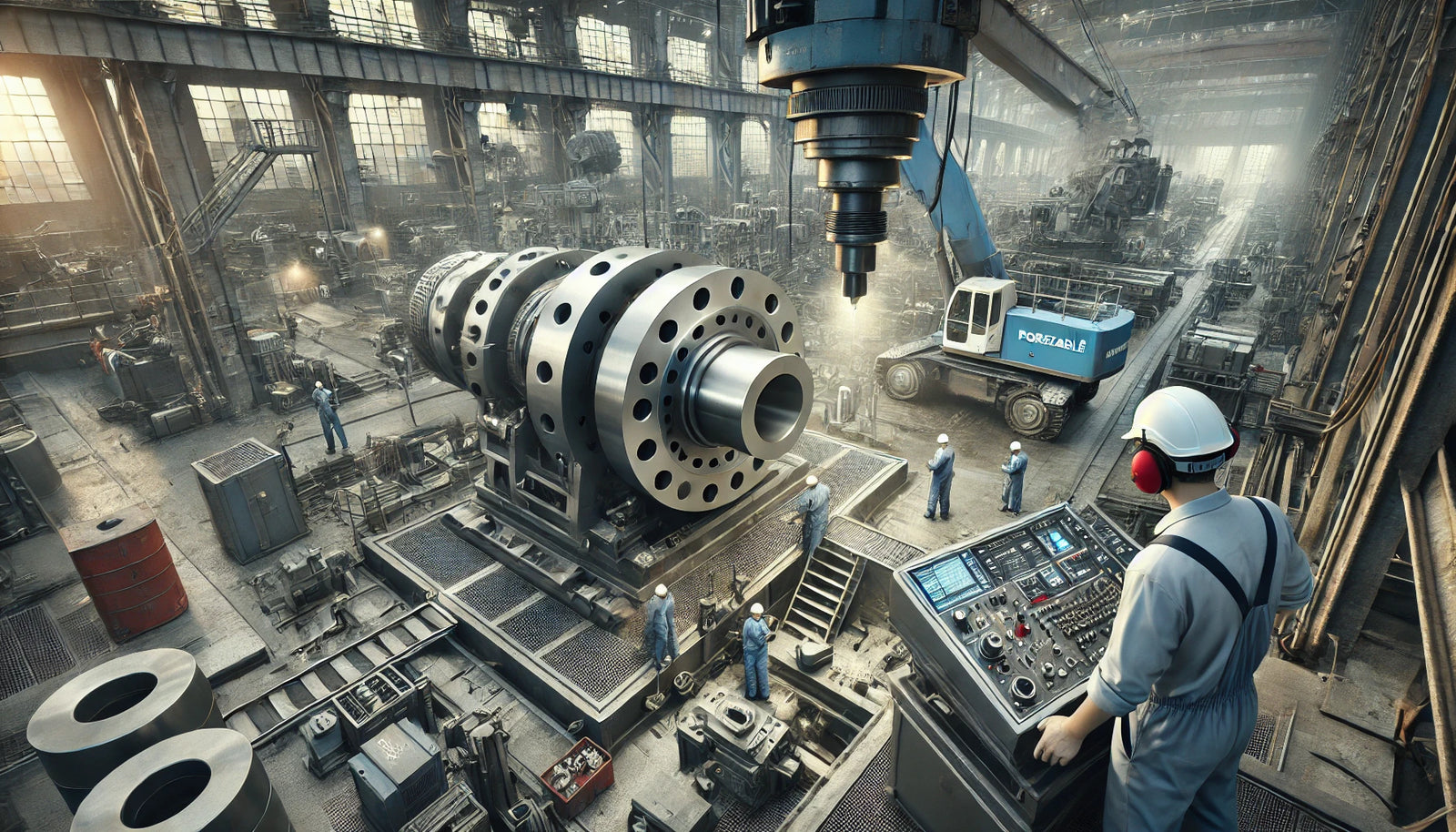How Automatic Bandsaws Outperform Manual Saws in High-Volume Operations
In the fast-paced world of fabrication shops and industrial settings, efficiency isn't just a goal—it's a necessity. The ability to produce high-quality cuts quickly and consistently can be the difference between meeting production deadlines and falling behind. This is where automatic bandsaws step in, outperforming their manual counterparts by leaps and bounds. In this blog post, we'll explore how automatic bandsaws enhance productivity in high-volume operations and why they are becoming the go-to choice for industrial applications.
The Limitations of Manual Saws in High-Volume Operations
Manual saws have been a staple in workshops for decades, valued for their simplicity and low initial cost. However, when it comes to high-volume operations, they present several limitations:
1. Time-Consuming Processes
Manual saws require constant operator involvement for measuring, feeding, and cutting materials. This hands-on approach slows down the production process, making it difficult to keep up with high demand.
2. Operator Fatigue and Inconsistencies
Human error is an inevitable part of manual operations. As operators become fatigued over long shifts, the likelihood of mistakes increases. This can lead to inconsistent cuts, wasted materials, and the need for rework.
3. Limited Cutting Capabilities
Manual saws often struggle with cutting complex shapes or handling hard materials efficiently. Their limited features restrict the types of projects that can be undertaken, hindering versatility in a competitive market.
The Advantages of Automatic Bandsaws
Automatic bandsaws are designed to address the shortcomings of manual saws, offering a range of benefits that significantly boost productivity.
**1. Increased Productivity
Automatic bandsaws can operate continuously with minimal operator intervention. They are equipped with features like automatic feeding, cutting, and material handling systems that streamline the cutting process. This allows for faster production cycles and the ability to meet tight deadlines.
**2. Precision and Consistency
Equipped with advanced controls and sensors, automatic bandsaws deliver precise cuts every time. Programmable settings ensure that each piece is cut to exact specifications, reducing the margin for error and enhancing the overall quality of the output.
**3. Reduced Labor Costs
By automating the cutting process, businesses can reallocate labor resources to other critical areas. This not only reduces the number of operators needed but also minimizes the impact of human error, leading to cost savings in the long run.
**4. Enhanced Safety Features
Automatic bandsaws often come with built-in safety mechanisms such as blade guards, emergency stop buttons, and automated shut-off systems. These features protect operators from potential hazards, promoting a safer working environment.
**5. Versatility in Cutting
Modern automatic bandsaws are capable of handling a wide range of materials—from soft metals like aluminum to hard alloys like stainless steel. They can also perform complex cuts, including angled and contour cuts, expanding the scope of projects that can be undertaken.
Productivity Gains in Fast-Paced Environments
The switch from manual to automatic bandsaws can lead to remarkable productivity gains, especially in high-volume settings.
Case Study: Fabrication Shop Transformation
A mid-sized fabrication shop specializing in metal components was struggling to meet increasing client demands using manual saws. By investing in automatic bandsaws, they experienced:
- A 50% Reduction in Cutting Time: Automated feeding and cutting significantly sped up the production process.
- Consistent Quality: Precise, programmable cuts reduced the need for quality checks and rework.
- Labor Efficiency: Operators previously assigned to cutting were reassigned to assembly and finishing tasks, optimizing workforce utilization.
Quantitative Comparisons
- Throughput: Automatic bandsaws can perform multiple cuts per minute, whereas manual saws might only manage a fraction of that due to the need for manual adjustments.
- Downtime: Automated systems require less downtime for adjustments and can operate continuously, unlike manual saws that need frequent breaks for operator rest and recalibration.
Impact on Lead Times
Shorter cutting times and increased reliability translate to faster turnaround on projects. This efficiency enables businesses to take on more work without compromising on quality or deadlines, giving them a competitive edge.
Return on Investment (ROI)
While automatic bandsaws represent a higher initial investment compared to manual saws, the long-term benefits often outweigh the costs.
Long-Term Cost Savings
- Reduced Waste: Precision cutting minimizes material waste, saving money on raw materials.
- Lower Labor Costs: Fewer operators are needed to manage the cutting process.
- Maintenance: Modern automatic bandsaws are designed for durability, reducing maintenance costs over time.
Enhanced Profitability
The increased capacity and efficiency allow businesses to scale operations and increase profitability. Faster production times mean more projects can be completed within the same timeframe, boosting revenue potential.
Conclusion
In high-volume operations where every second counts, automatic bandsaws offer unmatched efficiency and productivity. They address the limitations of manual saws by automating critical processes, reducing labor costs, and ensuring consistent, high-quality cuts. For fabrication shops and industrial settings aiming to stay competitive and meet growing demands, investing in automatic bandsaws is a strategic move that promises significant returns.
Ready to Enhance Your Operations?
If you're considering upgrading your equipment to meet the demands of a fast-paced industrial environment, automatic bandsaws could be the solution you need. Embrace the efficiency and productivity gains they offer, and position your business for greater success in today's competitive market.





